Colour is a huge part of the hobby and without it, we'd just end up being consigned to a sea of grey, blue or whatever colour a manufacturer uses to bring their sculpts to life. But have you ever stopped and considered the effect of colour in the hobby or indeed life itself, what it means, where it comes from or even what life would be like if there was no colour at all?
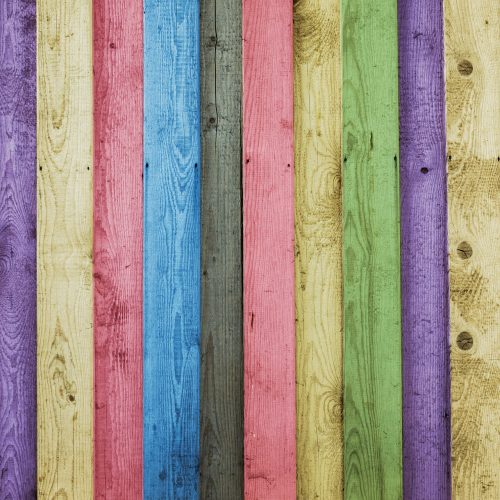
Colour science is the visual representation of how light reflects off a surface, the amount of light that a surface reflects or absorbs in the visible light spectrum determines its colour. The more light that is absorbed, the darker the colour, the more light that is reflected, the brighter the colour appears to be.
In an absolute sense, Black surfaces absorb all light while White surfaces reflect all light, colour only happens when certain wavelengths are reflected back and not absorbed. If you looked at a red apple, every colour except red is absorbed and only the red wavelength is reflected back into your eye.
The various hues that you see of a particular colour such as orange-red is where only a partial amount of two or more colours is reflected back rather than its full strength.
Colour Science focuses on two principles, Additive and Subtractive colour, in the world of colour mixing, neither is exclusive and both are required to make colour mixing work
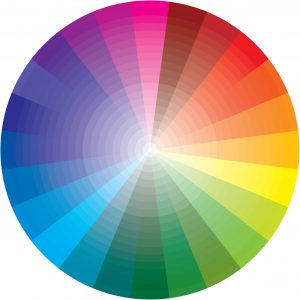
Additive Colour
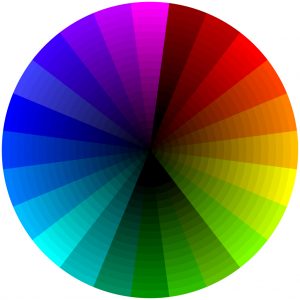
Subtractive Colour
Additive colour or RGB is based upon our eyes perception of the world and the fact that the receptors in our eyes are sensitive to the three main wavelengths of light which we register as Red, Green and Blue (RGB).
These wavelengths, when they enter our eye, are combined by our brain and allows us to distinguish millions of colours
This is the primary reason why television screens, monitors and even light shows work. By combining RGB light in various amounts, they are able to project colour that we can perceive, if all three are combined fully, White light is made, if all of them are removed, only Black remains.
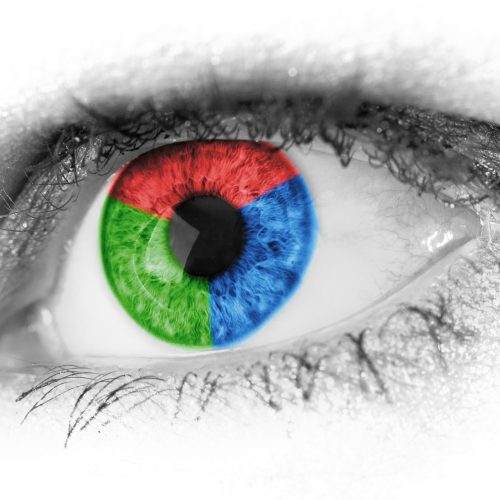
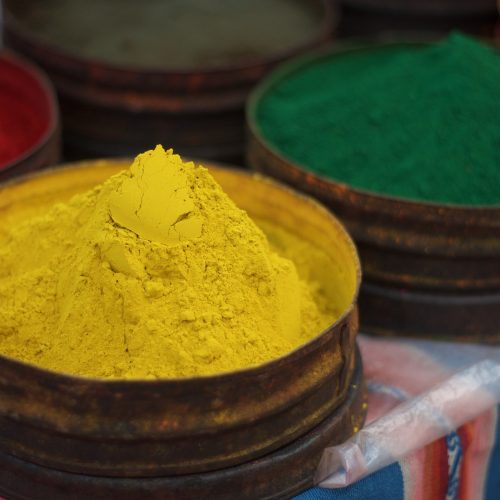
However this process doesn't apply to colour mixing as this uses Subtractive colour or the absorption of light to create colour. This uses the primary colours of RYB or Red, Yellow and Blue to create the seemingly infinite number of colours that are possible. This is because pigments are solid substances, regardless of the medium they are stored in that will absorb and reflect certain parts of the colour spectrum.
Because of this, a comprehensive approach to both systems is required to develop not only colour schemes, but all the various shades and hues, however colour mixing is not a two dimensional construct unlike colour theory and it's important to make the distinction between colour theory and colour mixing.
Sections
Part one - Colour Science | Part two - Characteristics of Colour Mixing | Part three - Explaining Opacity | Part four - Fluorescent paints unwrapped